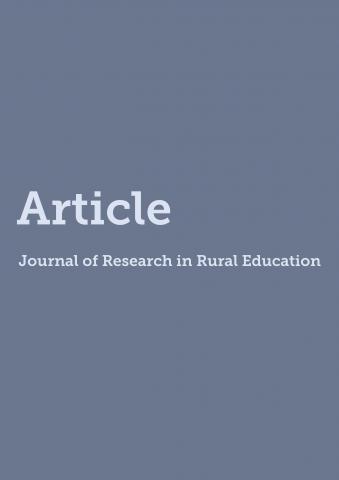Search Articles

book

book

book

book

book

book

book

book

book
From 2004-06, the Osage Nation of Oklahoma reformed its government from a tribal council system to a tripartite constitution. Following this reorganization, through a community outreach effort a 25-year strategic plan was developed to guide the Nation moving forward. Now, a decade into the plan, recent Osage land (re)acquisition across the reservation has generated new potential and need for agricultural education and leader development. Our contribution to the Journal of Research in Rural Education’s special issue on diversity in rural education is a framework for how the Osage Nation might develop agricultural education that focuses on fostering Osage-specific place-based identities in the next generation of agricultural leaders. While framing this conversation through Dennison’s lens of Osage ribbon work and settler-colonial entanglement, paired with Gruenewald’s critical pedagogy of place, this essay informs educators about the unique position of Native nations in education and simultaneously a theoretical and practitioner-driven analysis of how agricultural education intersects with the Osage Nation’s 25-year strategic plan.
